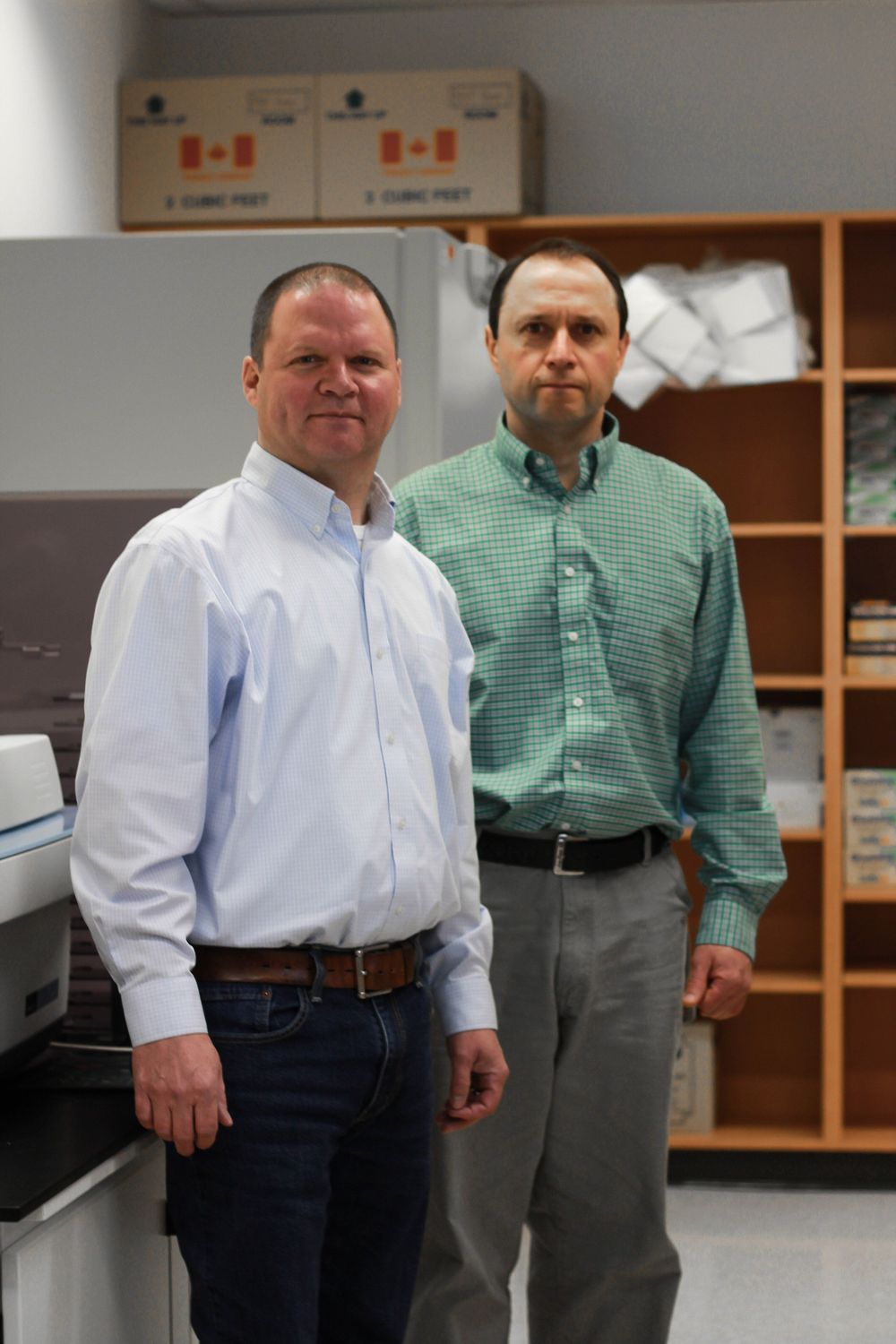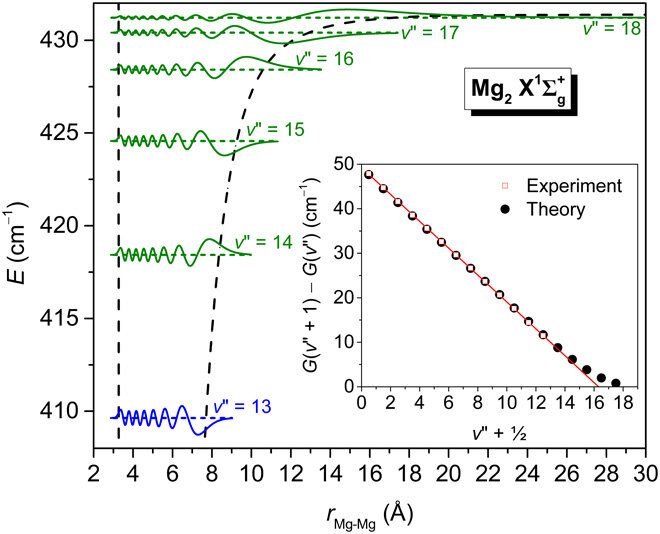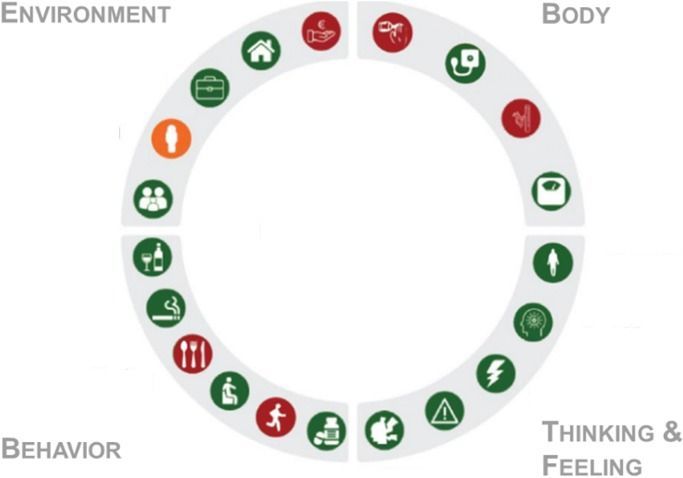Bears, bobcats and other critters are roaming free in California’s most popular national park, closed to visitors since March 20.



Talk of a universal basic income (UBI), or regular cash payments with minimal or no requirements for receiving the money, has been brought to the forefront as social distancing and economic concerns have put millions of people out of work.
Amid the COVID-19 pandemic Pope Francis says it might be time for some sort of universal basic income.
“This may be the time to consider a universal basic wage” to “acknowledge and dignify the noble, essential tasks” and to “achieve the ideal … of no worker without rights,” Pope Francis said in a letter to the World Meeting of Popular Movements, an organization representing global grassroots organizations, published on Sunday via the Vatican.
The Pope acknowledged that for many workers, the COVID-19 pandemic lockdowns are making it difficult, if not impossible, for people to earn money.

Scientists have engineered a mutant enzyme that converts 90 percent of plastic bottles back to pristine starting materials that can then be used to produce new high-quality bottles in just hours. The discovery could revolutionize the recycling industry, which currently saves about 30 percent of PET plastics from landfills, reported Science Magazine.

The coronavirus pandemic has resulted in the deaths of tens of thousands of people across the globe. It is also causing huge damage to the global economy. According to the predictions of the International Monetary Fund (IMF), 2020 could be the worst year since the Great Depression in the 1930s, with more than 170 countries likely to experience negative per capita income growth due to the pandemic. Countries are taking different measures to mitigate that economic impact, depending on the situations in their countries. However, the process of overcoming economic crisis is going to be extremely difficult. Few businesses would find it hard even to sustain and there is going to be a significant upsurge in unemployment rates.
Like much of the rest of the world, India is under lockdown. It is bit premature to predict the exact impact of coronavirus crisis on the Indian economy since the situation is still evolving. However, it is clear at this stage that the country will be facing major economic downturn and levels of unemployment will steeply rise. The government has already offered an economic package of 1.7 trillion rupees ($22.3 billion) in the last month for providing food security and money to the poor. It is expected that the government would shortly announce the next economic stimulus package.
All this would require the government of India to undertake a ruthless review of existing patterns of expenditure. The government budgeting caters to the requirements of various segments of the society, including agriculture, health, education, and railways. The budget has two other important areas of attention: defense and science & technology.

Since 1975, Roxanne Meadows has worked with renowned futurist Jacque Fresco to develop and promote The Venus Project. The function of this project is to find alternative solutions to the many problems that confront the world today. She participated in the exterior and interior design and construction of the buildings of The Venus Project’s 21-acre research and planning center.

Scientists at the University of Alberta have shown that the drug remdesivir is highly effective in stopping the replication mechanism of the coronavirus that causes COVID-19, according to new research published today in the Journal of Biological Chemistry.
The paper follows closely on research published by the same lab in late February that demonstrated how the drug worked against the Middle East Respiratory Syndrome (MERS) virus, a related coronavirus.
“We were optimistic that we would see the same results against the SARS-CoV-2 virus,” said Matthias Götte, chair of medical microbiology and immunology at U of A.
Hey all! I have recently made a video on how it may be possible for all of humanity to be united under one government in the far future. I have posted a link to the video here. If you find it worthy, please consider liking and subscribing!
A topic of controversy, “one human government” is a very real possibility in the far future. In this video, I talk about the politics of the future human civilization and why I personally believe that there will not only be one human government but that the one government will be good for humanity.
Instagram: https://www.instagram.com/the_futurist_tom/
For business inquiries, please send an email to: [email protected]

High vibrational states of the Magnesium dimer (Mg2) are an important system in studies of fundamental physics, although they have eluded experimental characterization for half a century. Experimental physicists have so far resolved the first 14 vibrational states of Mg2, despite reports that the ground-state may support five additional levels. In a new report, Stephen H. Yuwono and a research team in the departments of physics and chemistry at the Michigan State University, U.S., presented highly accurate initial potential energy curves for the ground and excited electron states of Mg2. They centered the experimental investigations on calculations of state-of-the-art coupled-cluster (CC) and full configuration interaction computations of the Mg2 dimer. The ground-state potential confirmed the existence of 19 vibrational states with minimal deviation between previously calculated rovibrational values and experimentally derived data. The computations are now published on Science Advances and provide guidance to experimentally detect previously unresolved vibrational levels.
Background
Weakly bound alkaline-earth (AE2) dimers can function as probes of fundamental physics phenomena, such as ultracold collisions, doped helium nanodroplets, binary reactions and even optical lattice clocks and quantum gravity. The magnesium dimer is important for such applications since it has several desirable characteristics including nontoxicity and an absence of hyperfine structure in the most abundant 24 Mg isotope that typically facilitates the analysis of binary collisions and other quantum phenomena. However, the status of Mg2 as a prototype heavier AE2 species is complicated since scientists have not been able to experimentally characterize its high vibrational levels and ground-state potential energy curve (PEC) for so long.


Interventions that may slow ageing include drugs (e.g., rapamycin, metformin), supplements (e.g., nicotinamide riboside, nicotinamide mononucleotide), lifestyle interventions (e.g., exercise) and diets (e.g., fasting)
Thanks to advances in modern medicine over the past century, the world’s population has experienced a marked increase in longevity. However, disparities exist that lead to groups with both shorter lifespan and significantly diminished health, especially in the aged. Unequal access to proper nutrition, healthcare services, and information to make informed health and nutrition decisions all contribute to these concerns. This in turn has hastened the ageing process in some and adversely affected others’ ability to age healthfully. Many in developing as well as developed societies are plagued with the dichotomy of simultaneous calorie excess and nutrient inadequacy. This has resulted in mental and physical deterioration, increased non-communicable disease rates, lost productivity and quality of life, and increased medical costs. While adequate nutrition is fundamental to good health, it remains unclear what impact various dietary interventions may have on improving healthspan and quality of life with age. With a rapidly ageing global population, there is an urgent need for innovative approaches to health promotion as individual’s age. Successful research, education, and interventions should include the development of both qualitative and quantitative biomarkers and other tools which can measure improvements in physiological integrity throughout life. Data-driven health policy shifts should be aimed at reducing the socio-economic inequalities that lead to premature ageing. A framework for progress has been proposed and published by the World Health Organization in its Global Strategy and Action Plan on Ageing and Health. This symposium focused on the impact of nutrition on this framework, stressing the need to better understand an individual’s balance of intrinsic capacity and functional abilities at various life stages, and the impact this balance has on their mental and physical health in the environments they inhabit.